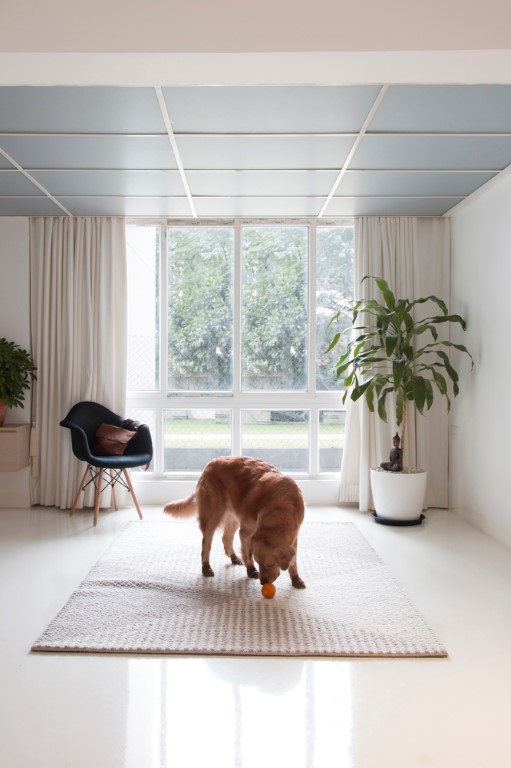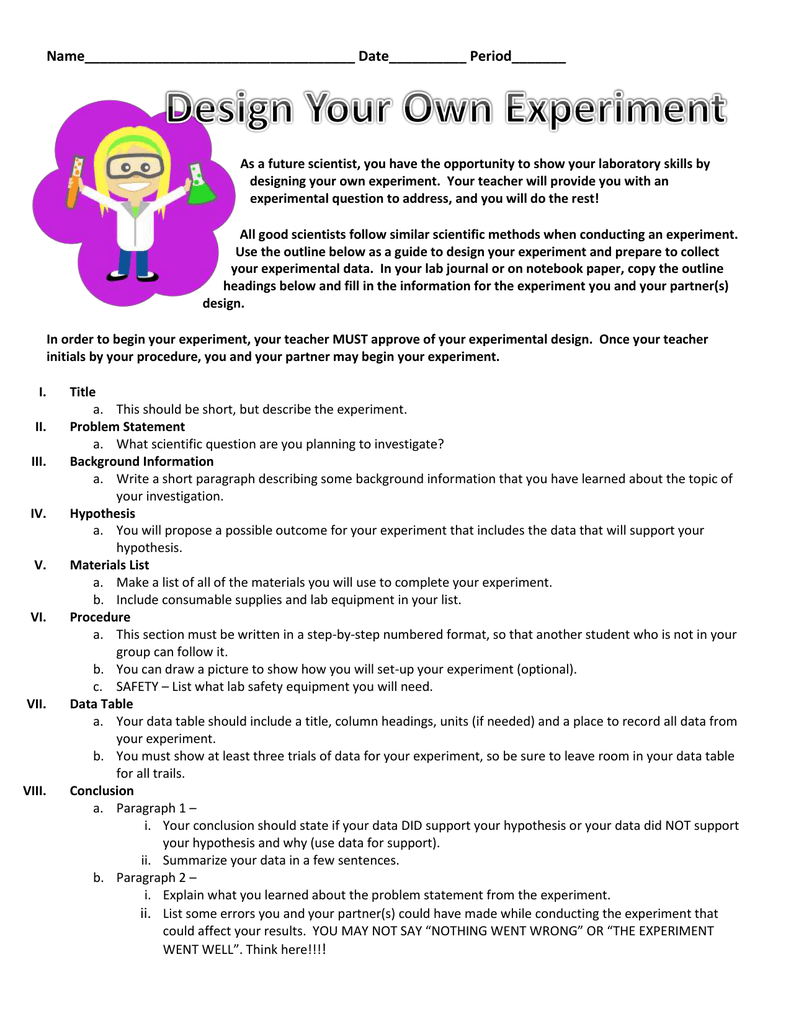Table Of Content

Field experiments are conducted in naturalistic settings and allow for more realistic observations. However, because field experiments are not as controlled as laboratory experiments, they may be subject to more sources of error. Laboratory experiments are conducted under controlled conditions, which allows for greater precision and accuracy.
An industry example of DOE
At the foundation, we have basic designs such as the completely randomized design and the randomized block design, which serve as the starting points for most experimental frameworks. On the more advanced spectrum, designs like factorial, fractional factorial, and response surface methodology allow for a deeper exploration of the interactions between multiple factors and their combined effects on the outcomes of interest. Only when this is done is it possible to certify with high probability that the reason for the differences in the outcome variables are caused by the different conditions.
The Crackdown on Student Protesters

You will need to understand the implications of that when operating your processes. Your process variables have different impacts on your output. When discussing the proper settings for your process variables, people often rely on what they have always done, on what Old Joe taught them years ago, or even where they feel the best setting should be. Plus, we will we have support for different types of regression models. For example, we can estimate what we call a linear model, or an interaction model, or a quadratic model.
Machine Learning vs. Statistical Learning: Comparing Core Principles
So with DOE we can prepare a set of experiments that are optimally placed to bring back as much information as possible about how the factors are influencing the responses. Next, we evaluate what will happen when we fix the volume at 550 ml (the optimal level) and start to change the second factor. In this second experimental series, the pH is changed from 2.5 to 5.0 and you can see the measured yields. We change the experimental factors and measure the response outcome, which in this case, is the yield of the desired product. Using the COST approach, we can vary just one of the factors at time to see what affect it has on the yield.
But there are also communities that rely on people being able to trust each other and being able to carry out their classes and their academic endeavors as a collective so they can learn from one another. That reality, that taking a different tack that was supposed to be full of learnings and lessons from the stumbles of her peers, the fact that didn’t really work suggests that there’s something really intractable going on here. And I wonder how you’re thinking about this intractable situation that’s now arrived on these college campuses. So students who aren’t feeling safe in this protest environment don’t necessarily have to go to class.

According to the kinematics analysis of the thread-hooking mechanism, it is known that α0 only decides the spatial position of the trajectory of the looper tip, and R1 only affects the value of L. Therefore, the mechanism parameters α23, α30, L0, L1, L2, L3, S0, S3 and R1 affecting the shape of the trajectory are taken as the design variables. In DoE, experiments are being used to find an unknown outcome or effect, to test a theory, or to demonstrate an already known effect. They are done by scientists and engineers, among others, in order to understand which inputs have a major impact on output and what input levels should be targeted to reach a desired outcome (output). Simply put, DoE is a way to collect information during the experiment and then determine what factors or which processes could lead to the desired result. Design of Experiments (DOE) is a systematic method used in applied statistics to evaluate the many possible alternatives in one or more design variables.
Summary: DOE vs. OFAT/Trial-and-Error
This includes measures such as mean, median, mode, range, and standard deviation. Physiological measures involve measuring participants’ physiological responses, such as heart rate, blood pressure, or brain activity, using specialized equipment. These measures may be invasive or non-invasive, and may be administered in a laboratory or clinical setting. This involves systematically varying the order in which participants receive treatments or interventions in order to control for order effects. In this design, each participant is exposed to all of the different treatments or conditions, either in a random order or in a predetermined order.
Data Collection Method
This optimization reduced material waste by 15% and increased production efficiency by reducing the instances of rework and testing required for quality assurance. RSM is particularly beneficial in chemical engineering for optimizing complex chemical reactions, where the goal is to find the optimal conditions (reactant concentrations, temperature, pH) that yield the highest product purity. Arizona State University has developed a new model for the American Research University, creating an institution that is committed to excellence, access and impact. ASU measures itself by those it includes, not by those it excludes. ASU pursues research that contributes to the public good, and ASU assumes major responsibility for the economic, social and cultural vitality of the communities that surround it.
The University of Texas in Austin this afternoon, we saw protesters physically clashing with police. I think there was obviously a lot of intention in timing those two things. I think it’s inherently a critique on a political pressure and this congressional pressure that we saw build up against, of course, Claudine Gay at Harvard and Magill at UPenn. The Republican Chairwoman of the Committee, Virginia Foxx, starts reminding her that there was a student who was actually hit with a stick on campus.
How precisely you measure your dependent variable also affects the kinds of statistical analysis you can use on your data. Some variables, like temperature, can be objectively measured with scientific instruments. Others may need to be operationalised to turn them into measurable observations. First, you may need to decide how widely to vary your independent variable. Finally, you can put these variables together into a diagram. Use arrows to show the possible relationships between variables and include signs to show the expected direction of the relationships.
How to Design (and Analyze) a Business Experiment - HBR.org Daily
How to Design (and Analyze) a Business Experiment.
Posted: Thu, 29 Oct 2015 07:00:00 GMT [source]
The practice of Designing Experiments goes beyond mere data analysis; it is a philosophical commitment to enhancing the good by improving research methods and revealing the inherent beauty in data patterns. With each experiment designed, we step closer to insights that reflect the depth and richness of our reality, making DoE not just a technical necessity but a beacon of enlightenment in the scientific community. The Design of Experiments (DoE) landscape is rich with diverse strategies tailored to uncover specific insights within various research domains.
There is thorough coverage of modern data analysis techniques for experimental design, including software. Applications include electronics and semiconductors, automotive and aerospace, chemical and process industries, pharmaceutical and bio-pharm, medical devices, and many others. In conclusion, the principle of automatic bobbin exchange technology is relatively simple and reliable, but it cannot fundamentally solve the problems of interruption of thread traces and time loss caused by many stoppages. It is now the research trend to carry out thread-hooking mechanism innovation to achieve a large amount of bobbin thread. Then the kinematics modeling and analysis, optimization design, simulation verification and prototype performance testing of the thread-hooking mechanism are carried out. The independent variable of a study often has many levels or different groups.
No comments:
Post a Comment